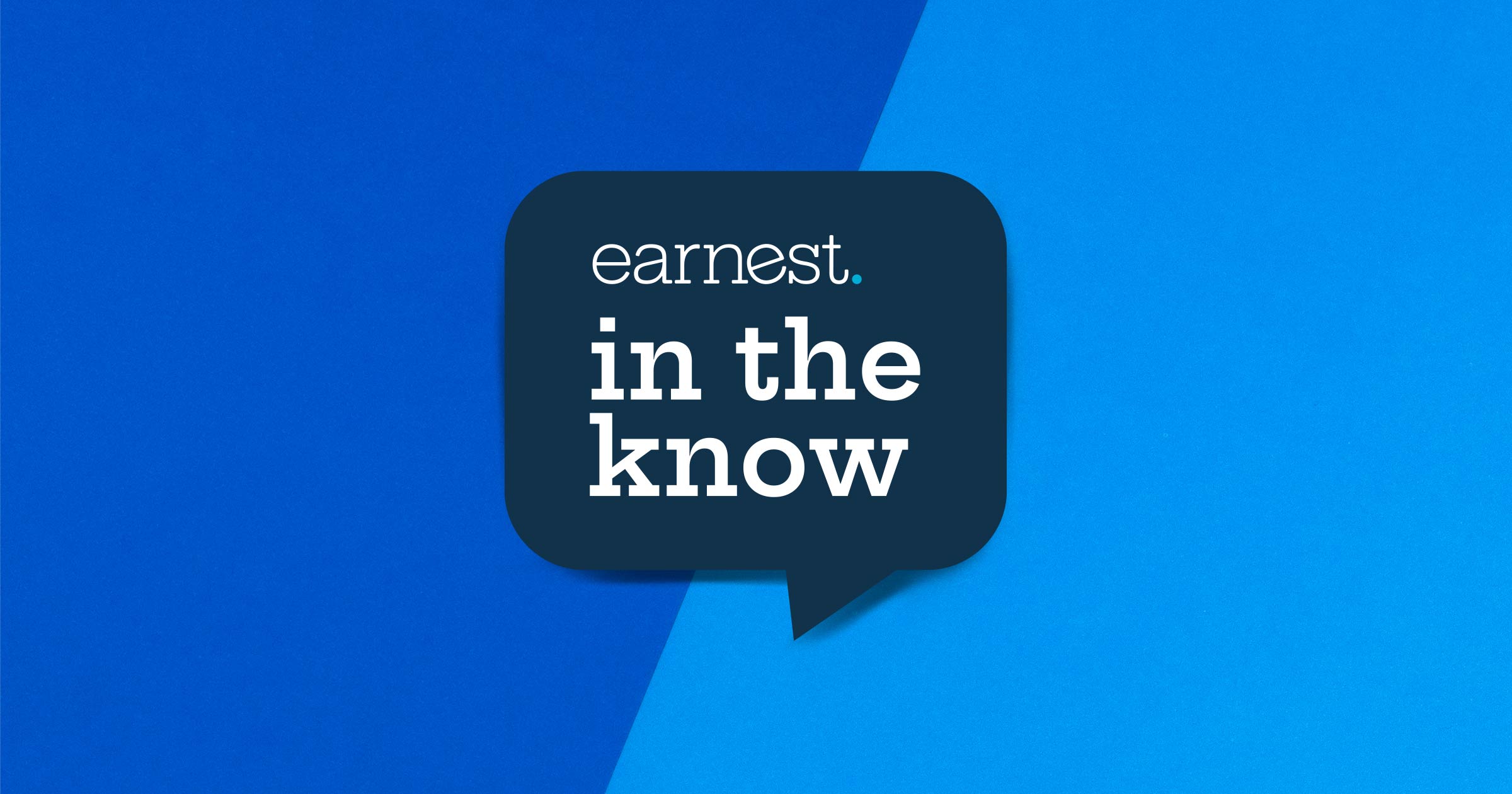After Wednesday’s rally, US stocks tumbled again on rekindled fears that the aggressive policy tightening by the US Federal Reserve (the Fed) could drag the US economy into recession. The S&P 500 closed at its lowest since December 2020, and the tech-heavy Nasdaq 100 ended 4% lower.
When key interest rates are increased through policy tightening, borrowing becomes more expensive. This slows down the circulation of money in the system and dampens consumer spending, so that prices drop and inflation can be managed.
However, when monetary policy is made too tight, a recession may happen. This is the term for a period (usually at least 2 consecutive quarters) in which there is a significant economic decline as seen in the Gross Domestic Product (GDP) output and other factors.
Following the large rate hike of 0.75% announced by the Fed on Wednesday, analysts now expect the Bangko Sentral ng Pilipinas (BSP) to raise the key interest rate by 0.50% instead of 0.25%, to 2.75% at the next Monetary Board meeting on June 23.
When central banks such as the Fed and the BSP try to control inflation, they have to consider the possible side effects of the measures they implement. This becomes a delicate balancing act of policy changes which affect the economy as a whole.
The BSP does not see stagflation as an immediate risk to the Philippine economy as domestic labor conditions are expected to return to pre-pandemic levels, while inflation is seen reverting to the 2-4% range by 2023.
Taken from “stagnation” and “inflation,” stagflation is the term for a time of slow economic growth, high unemployment, and high prices.
The Philippine Stock Exchange Composite Index (PSEi) ended in the green, rising 73.59 points or +1.16%. This was attributed to positive sentiments from the Fed’s rate hike.
The Philippines will likely see a decline in chicken production in the coming months due to poor weather conditions and more expensive, lower-quality feeds. This could push food prices further up, according to United Broiler Raisers’ Association.
With this mixed news, staying defensive and not taking big risks might be the way forward for your portfolio. If you choose to do these, you can keep following your strategy until things change.

.jpg)
